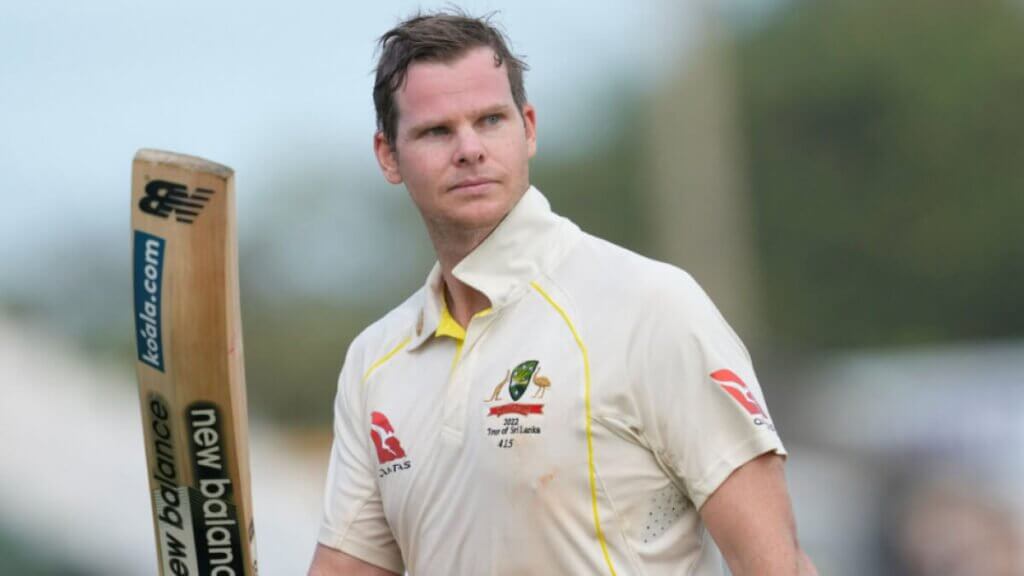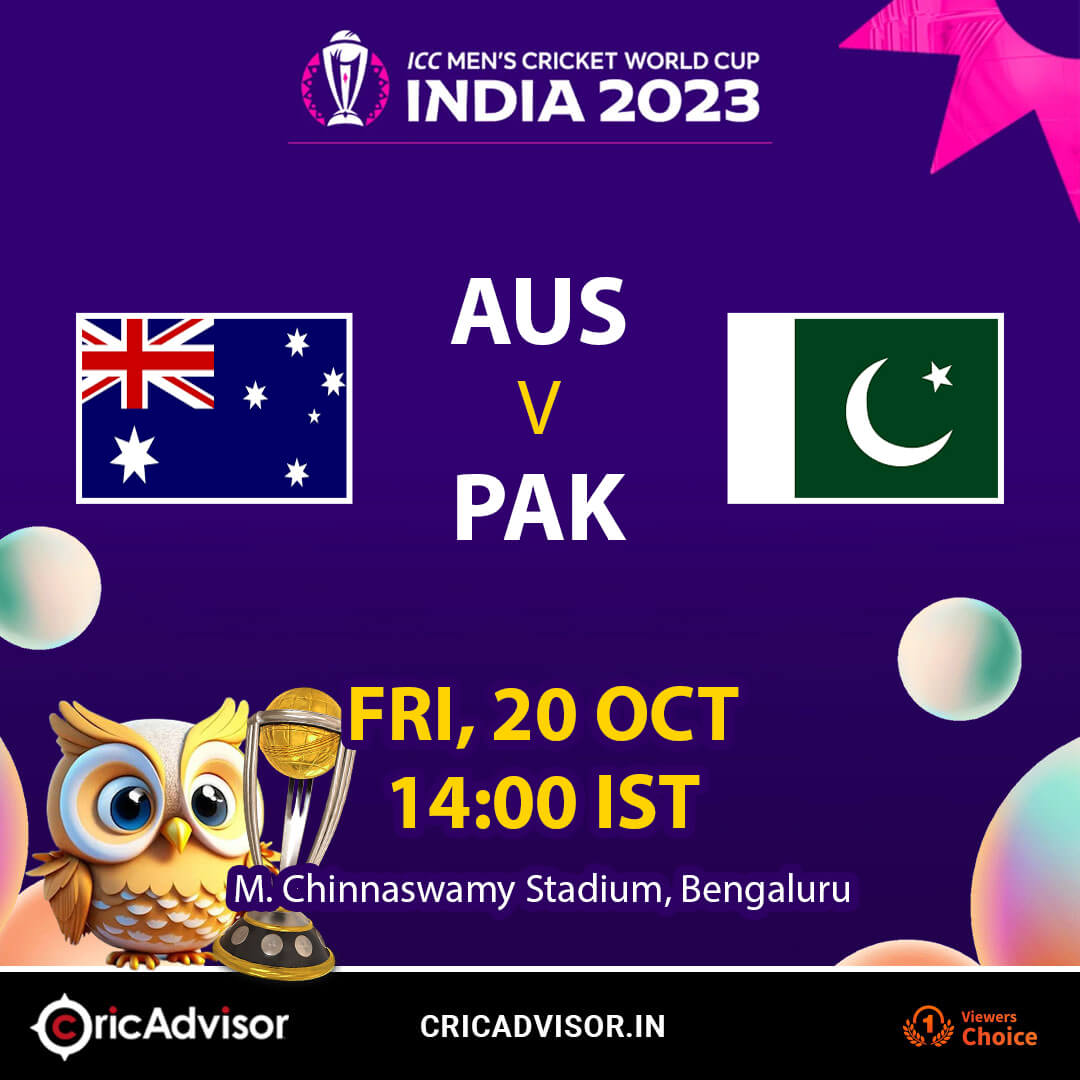Australia left the stadium on Tuesday still unsure which of the two surfaces would be used for the game.

Steven Smith couldn’t recall another time when he wasn’t sure which pitch he’d be playing on for a Test match two days before it began.
That was the situation which emerged on Tuesday in Ahmedabad with Australia leaving the ground still in the dark over which of the two surfaces would be used for the final Test. However, after the visitors had departed the picture became clearer. India’s hierarchy focused their attention on the drier, black-soil pitch, instead of the red-soil one which also appeared significantly greener – although the groundsman had told Smith both would have been significantly trimmed of grass.
“[There] might have been a couple of [pitches] prepared maybe a little longer out than two days,” Smith said.
The likely Test pitch had already begun to change character by the time Australia finished training on Tuesday, around four hours after arriving at the ground.
“I didn’t go out in the afternoon, but Alex Carey did,” Smith explained. “It looked completely different in the afternoon, much drier. It’s very hot here, 37 degrees, which allows it to dry out, and I believe the cover was on for a while today. As a result, they may be concerned that it is drying out too quickly. It changed in a matter of hours. We’ll be able to see what it’s going to do if we take a look today.”
With three three-day Tests already completed – the most recent barely reaching that distance – this series is on track to finish with the fewest balls bowled in a four-match series. Smith, on the other hand, stated that the groundskeeper had indicated that this game would last longer than the others.
All signs point to Australia fielding three frontline spinners again, especially now that Cameron Green is available to balance the side. He was only needed for two overs in Indore, while Mitchell Starc was called on for 12.
Smith used the opportunity to take a jab at some of the pundits who suggested Australia should have stuck to their fast-bowling strengths by fielding three quicks and one spinner. That was the model that won the 2004 series, but on very different surfaces.
Scott Boland worked with Pat Cummins in Nagpur before becoming the lone quick in Delhi. Then both Starc and Green returned to Indore. Victory in the third Test has given the team confidence that their preparations were sound.
“It’s been strange with some of the back home commentaries, people talking about us playing three quicks and one spinner,” Smith said. “It’s kind of mind-boggling to me when we look at these surfaces and we see what we’ve had, 11 innings in six days or something like that, and spinners have taken the bulk of the wickets and you see how difficult it is to play spin.
“It’s kind of odd to hear that kind of commentary, but we’ve had faith in what we’re trying to do and it’s good that we are able to show that we can play with three spinners and win. Outside of that hour of madness, we weren’t too far away in Delhi. It’s nice to know that our plans and everything we’re attempting can work.”
Smith is looking for more low-order runs.
One area where Smith would like to see improvement is in lower-order productivity, where India has outperformed Australia. Even in the victory they lost 6 for 11 on the second day.

In the series, India scored 307 runs at a rate of 25.58, compared to Australia’s 84 and 4.94. In comparison, while Rohit Sharma has the lone century, the top seven are nearly identical: Australia has made 776 runs at 22.92 and India has made 709 runs at 22.15.
Australia is not expecting the level of contribution that Axar Patel is capable of providing – he would not be out of place in the top six – but is looking for ways to eke out partnerships.
“The tail is something we’ve talked about, probably because batters haven’t contributed as much as we would have liked,” Smith said. “That makes a big difference when you consider someone like Axar, who has been extremely difficult to extract. And there isn’t a significant difference in series averages between our top six and their top six.”
This final match has a lot on the line. A 3-1 scoreline would indicate that there is still a gap when playing India in their conditions, albeit not as wide as some had anticipated, whereas a 2-2 tie would be a remarkable result for Australia, especially given where they were after the second Test in Delhi.
“I think it would be a huge achievement for this group, or any touring team, to come here to India and win two Test matches,” Smith said.










